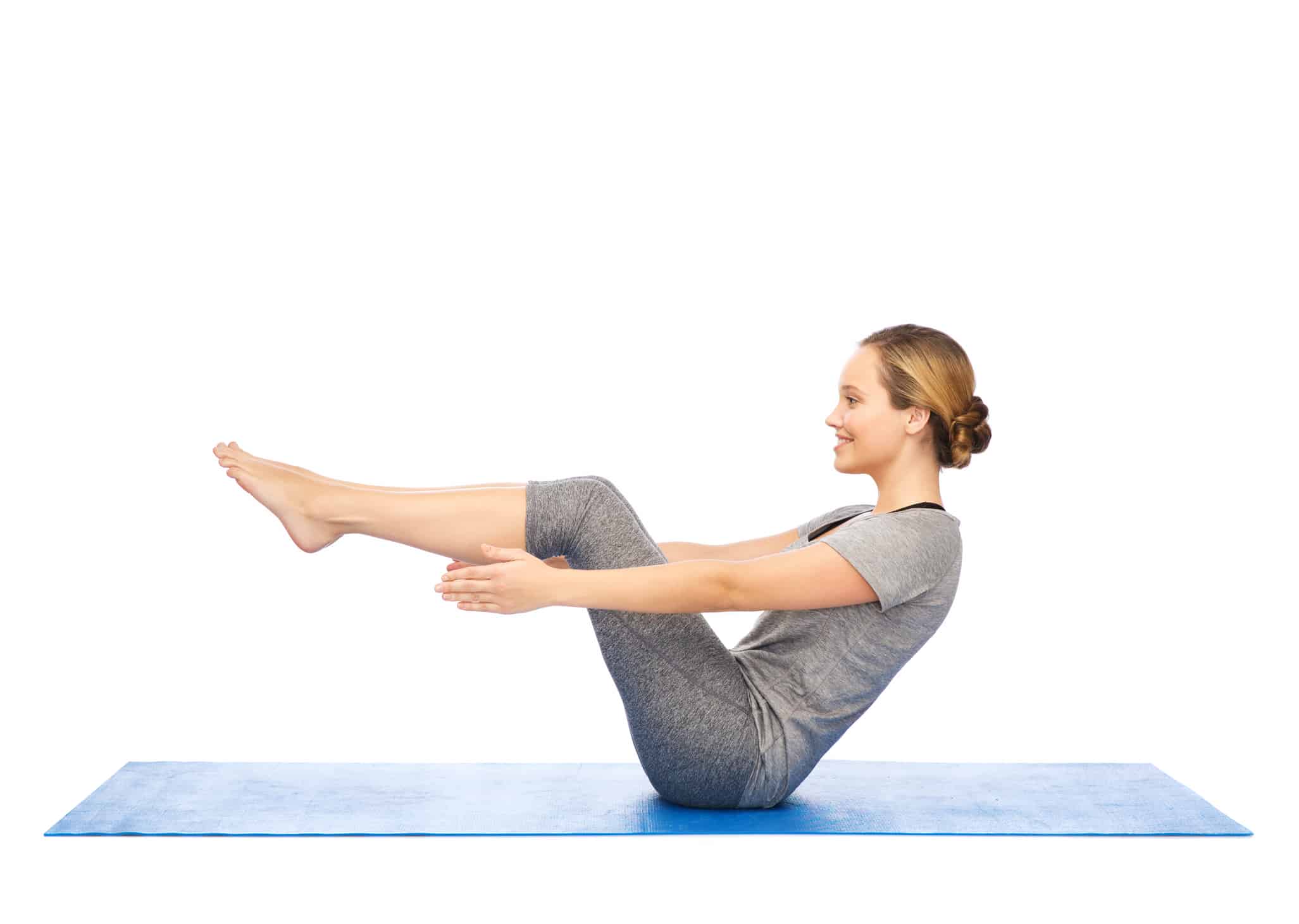Does Standing Cause Back Pain?
Many experts suggest that standing is better – – but is it?
There is so much information about how sitting is bad for you.
Replacing sitting with standing, it could be just as detrimental.
Why?
Like everything else, it depends on how you stand. Too much standing in one place can be just as bad for you as too much sitting because you are not moving. Sitting and standing in one position leads to disease and other health issues. The body is designed to move, which tones muscles, keeps fascia moist and supple, and oxygen flowing to all areas of the body.
When standing, the alignment of your body matters, just like when you are sitting. Thrusting the ribs forward and tilting the pelvis changes the alignment of your spine, contributing to back pain for some people – – maybe even you.
A strong core is needed to support the spine. When the core muscles are weak, other muscles must compensate, possibly leading to back pain and muscle imbalances. Improve your core strength by doing a few simple poses, for example, plank pose, reverse lunge, chair, and boat poses.
The heel height of one’s shoes also changes body alignment. The higher the heel, the more the body leans forward, causing many muscles to compensate, including back muscles.




Here are some suggestions on how to stand for long periods:
- Continuously shift one’s body, utilizing various, slightly different standing positions.
- Change positions when muscles fatigue.
- Take movement breaks every hour. Take a walk for 1-2 minutes.
- Be aware of body alignment, keeping one’s head back. Look in a mirror to observe the side of the body: the shoulders, hips, and ankles need to be stacked. Wear shoes with minimal lift in the heel to keep your body better aligned, allowing one’s weight to be in the heels, not the front of the foot.
Equipment can help.
Having a few pieces of equipment can make varying your standing position more comfortable.
- Use a half dome to rest one foot or to stretch out the calf muscles. Stretching the lower legs improves blood circulation.
- A small box can also be used to rest one foot while standing on the other.
- A small ball can be rolled under your foot to stretch out the ankles.
For each of these standing positions, be sure to observe SAFETY FIRST CAUTIONS by using a sturdy item to hold on to, as needed.
No equipment is needed to move your hips from side to side while standing on both legs. One can also stand with one foot slightly in front of the other, shifting the weight forward and back.
Start with small changes increasing the time you spend standing. Experiment with different positions. Get creative with different standing positions. Be sure to practice the ‘safety first’ guidelines included in this article.
Let me know in the comments below what works best for you.
If you would like help on your wellness journey, schedule a private consultation.
Related Articles:
Beyond Calcium: The Power of Yoga for Bone Health
Discover how yoga supports bone health and osteoporosis prevention. Learn science-backed poses that strengthen your skeleton and reduce fracture risk.
The Motivation Paradox: Action is the Catalyst for Healing Back Pain
Discover the Motivation Paradox of Back Pain—why waiting for motivation keeps you stuck and how action is the true catalyst for healing. Learn science-backed strategies to break the pain cycle and reclaim mobility.
Transform Back Pain Anxiety: From Uncertainty to Empowerment
Discover how to navigate pain anxiety with empowerment. Embrace uncertainty and reclaim your healing journey through mindfulness and resilience.
Transforming Your Relationship with Back Pain: A Mindset Revolution
Back pain is more than a physical challenge—it's a profound psychological journey. The real battle isn't just in your muscles and joints, but in your mind. Your thoughts can either be a prison or a pathway to healing. Reframing Your Inner Narrative When chronic pain...




